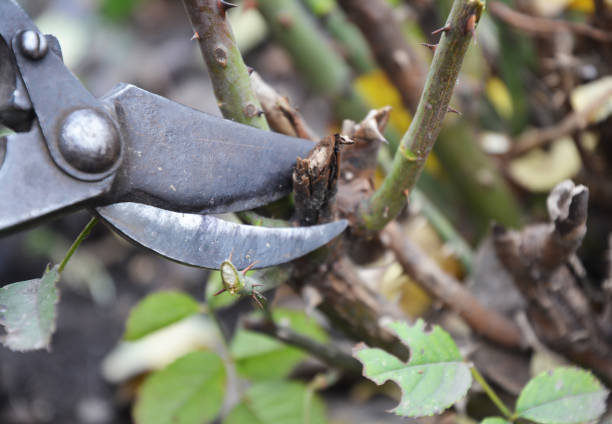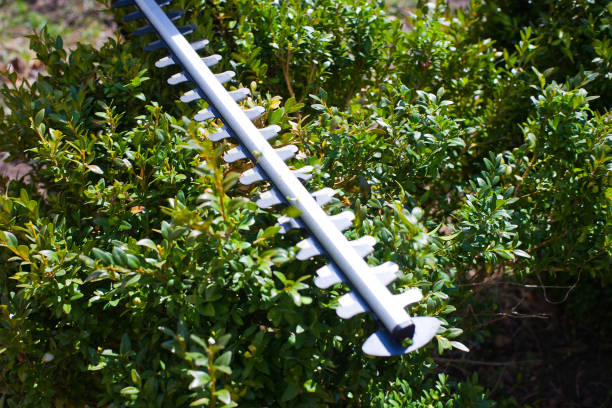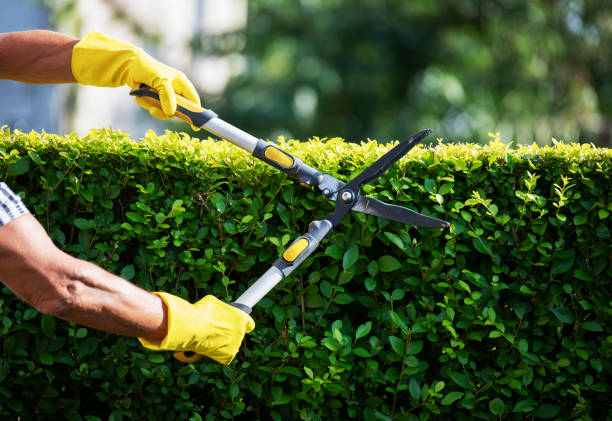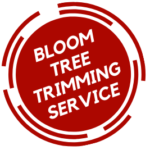The Dos and Don'ts of Shrub Pruning
Do you know how to go about shaping up the shrubs in the yard? Below are proper pruning solutions for five common issues:
Snip Shape
Does the idea of cutting into what appears like a happy plant make you cringe? Well, you’re not alone! Homeowners who also understand the advantages of pruning— bigger flowers, more pleasing habit, and improved health—are often still confused about the right way and right time of making the cuts, afraid that they will chop off the following year’s flowers, cause stunted growth, or even kill it right away. However, once you know how plants react to pruning, you will notice how many issues a well-placed cut may remedy.
To achieve successful pruning, you need to time it right. Branches that develop in spring and flower during summer, or shrubs that usually flower on new wood, require pruning at the end of February or the start of March. This leads to fewer but bigger flowers in the first year. According to a professional horticulturist, pruning usually distributes the stored energy of the plant among fewer flower buds such that those left behind have more to eat. Prune spring-flowering shrubs immediately after they bloom, allowing them the remaining part of the growing season to create new buds and branches, because these bloom on either old wood, or the previous season’s growth. If you miss the right time to prune, however, you could wait for the shrub’s flowers to brownout.
To achieve successful pruning, you should master two basic cuts. Read on to learn how you can use them to fix common issues you experience.



Pro Advice
If you’re handling a wayward evergreen branch, ensure that you cut it back to the shrub’s center, where it joins with another stem. By simply lopping off the offending region, that cut stub will be unsightly and obvious.
Problem: You have inherited a carelessly chopped shrub.
Make selective cuts for tidying up a badly pruned shrub by enhancing new growth wherever you need it and eliminating injured and less sturdy wood. Cuts often heal faster when made in the correct area and at the right angle using a sharp and clean tool. Locate a branch consisting of a bud facing the specific direction you need the new growth to follow. Simply prune on top of that bud at a 45-degree angle, ensuring the cut’s lowest point is farthest from the bud.
You shouldn’t leave ¼+ inch of growth above that bud, since this might promote rot. Cutting extremely low may lead to the bud drying out, and cutting at any angle above 45 degrees may develop a large surface area that is slow to heal, which invites disease.
Problem: The shrub looks lifeless inside but has dense foliage at its top
Open up the crop with thinning cuts. If you trim back branch tips, with electric shears or manual pruners, leads to dense foliage at the shrub’s top and a tangle of frail, leafless branches at its core. Thinning cuts usually eliminate whole branches down to their base or remove large parts of branches back to a central stem, enabling air and light to reach the plant’s core and promoting healthy new growth all through. Take off the thickest and oldest wood before progressing to younger stems.
Avoid removing more than one-third of a crop’s mass in a year, such that it remains looking good and sturdy.
Problem: The shrub is lopsided.
Use heading cuts for spurring growth in the proper direction. As opposed to thinning cuts, which take off a branch, heading cuts usually shorten down a branch to a bud you are looking to stimulate to branch out. While it might sound counterintuitive, you should prune a lopsided shrub’s shorter side to encourage growth and generally even it out. Place the pruner on the section of the stem you’d like to take off, just on top of a bud that will grow in the particular direction you’d to stimulate.
Avoid removing more than a quarter of a stem’s total length in every cut. When it comes to dramatically lopsided shrubs, utilize thinning cuts to take off older wood from the relatively longer side and heading cuts on the other side.
Problem: You have an old shrub that is a woody, mixed-up mess.
Give the plant service and thin out the old wood throughout three years, creating space for all new growth. Beginning at the shrub’s core, take out the centermost branches, eliminating not more than a third of the shrub’s overall mass. The base’s new growth should come after the next growing season. Take out another third of the old wood at its base every two and three years. At the end of year three, that shrub needs to be made up of fully new, sturdy growth.
Avoid removing more than a third of your shrub’s branches at any given moment. This maintains sufficient foliage that the crop may make enough food (via photosynthesis) to remain robust and produce new growth fast.
Problem: You got a flowering evergreen shrub with a leggy bottom.
Use your thumb and index finger to pinch off the end buds of new branches on mountain laurel, Japanese Pieris, azalea, rhododendron, and certain broad-leaved evergreens to stimulate side branching on the shrub’s lower part. Just like a heading cut – if you manually remove the terminal leaf bud, it triggers a dormant bud underneath it to grow, encouraging lush side branching. It’s also a method of controlling the shrub’s total size.
Avoid pinching off the flower buds during the process. They’re the larger, fatter buds at the branches’ ends.
